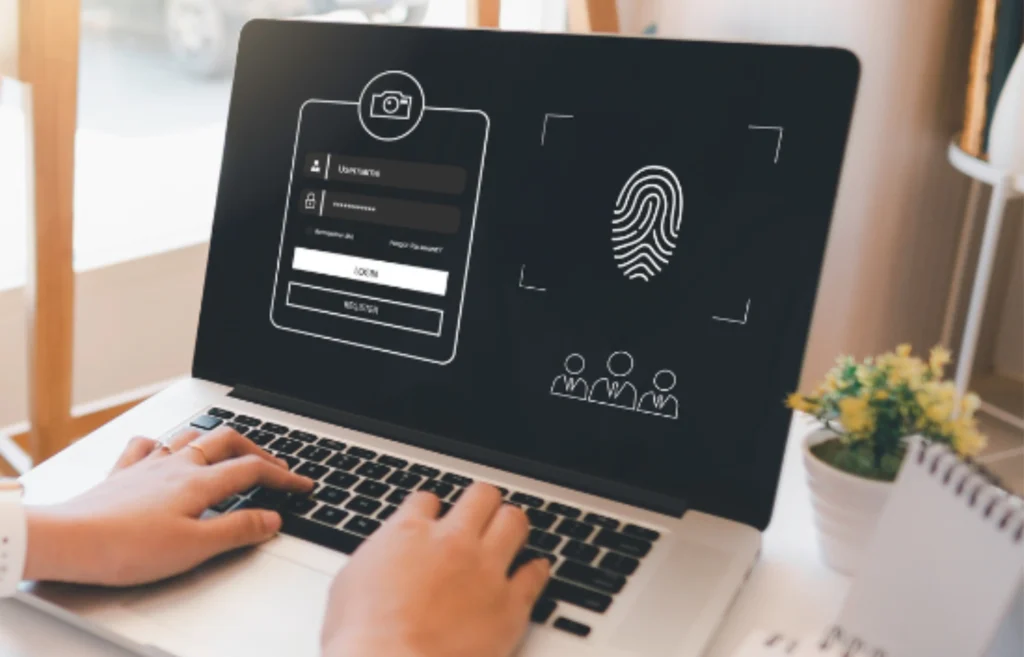Personhood Credentials and Your Brand: What You Need to Know

Are you real? The Internet wants to know.
And if it doesn’t – well, your brand could lose its voice.
As technology evolves at an extraordinary pace, platforms are concerned about digital identity and trust. Today, we’re exploring the concept of Personhood Credentials, the Operational Informational Environment (OIE), and how these developments can shape your brand strategy.
Let’s break it down.
What Is the OIE?
The Operational Informational Environment (OIE) refers to the digital landscape where every activity sends a signal that may deliver a message or communicate intent. For businesses, the “OIE” is where your brand lives and communicates. From videos to direct messages, any digital interaction contributes to the overall informational environment. That means your messaging – your videos, your content, the communities you build – is viewed as having intent. Every post, comment, and campaign becomes a piece of data that platforms analyze to assess and filter content.
As AI-driven tools improve and bad actors—such as bots and malicious entities—become more sophisticated in mimicking real human behavior, intent has become a real concern. These fake personas can infiltrate digital spaces, spreading disinformation and eroding trust.
Why Are Personhood Credentials Important?

Personhood Credentials aim to verify that a real human is behind online actions, preventing bots, bad actors, and disinformation from infiltrating digital spaces. You’ve likely noticed many platforms now require additional verification steps, such as:
- Submitting a government ID
- Recording a short video to prove identity
- Using services like CLEAR for identity confirmation
While this may seem intrusive, it’s designed to combat the misuse of AI. Advanced AI systems can now generate convincing human avatars that platforms need new ways to differentiate between authentic users and automated entities.
For brands, this adds a layer of trust—but also a layer of complexity. If you’ve noticed platforms like X (formerly Twitter), Instagram, and Facebook requesting more verification, this is why.
How Does This Affect Small Businesses?
Small business owners and entrepreneurs may wonder how this all trickles down to them. (Yup.) Here’s the core takeaway:
Stricter Verification Measures
To combat disinformation, platforms are implementing stronger identity verifications, such as video uploads or government ID. For instance, LinkedIn’s verification process and Twitter/X’s blue checkmark now require more than just a phone number. These measures aim to confirm personhood and reduce the influence of bots and bad actors. Business owners must adapt to these requirements to avoid disruptions and ensure their accounts remain active and credible.
Offensive Strategies Against Misinformation or Disinformation
AI is increasingly used to proactively identify and combat disinformation by analyzing content reach and intent through influence quantification. This advanced technology evaluates the impact of digital content and identifies patterns that might indicate disinformation or malicious activity.
For example, during election periods, platforms flagged some accounts sharing content that was misinterpreted as misleading, even when the intent was innocent. Business owners in industries like financial services or alternative assets should be mindful that educational or niche content could be misclassified as misinformation or disinformation.
What Can You Do Right Now?
Here’s how you can prepare for and adapt to these changes:
- Build Your Email List
If you haven’t started yet, now is the time to build your brand and grow your email list. As platforms tighten their policies to combat disinformation, even appropriate content could face restrictions. An email list gives you a direct line to your audience, ensuring you stay connected even if your accounts are temporarily “paused.” - Stay Informed About Verification Processes
Be proactive about understanding and complying with identity verification requirements. Platforms like LinkedIn, X, and Instagram are increasingly asking for government IDs or video proof. Familiarize yourself with these processes to avoid disruptions and ensure your brand’s credibility. - Diversify Your Digital Presence
Don’t rely on a single platform to reach your audience. By maintaining an active presence on multiple platforms and creating owned assets, like a website or blog, you reduce the risk of losing access to your community due to platform restrictions or policy changes.
Looking Ahead
The digital environment is evolving, and so should your approach to branding and engagement. With platforms tightening their security and AI advancing rapidly, it’s crucial to stay ahead of the curve. Next time, we’ll explore how tools like ChatGPT are becoming integral to search and what your brand can do to prepare for this shift.
In the meantime, if you need guidance on building your social presence, crafting your customer journey, or navigating these changes, schedule a call with us. The time to act is now—before these shifts become the norm.
Stay informed, stay authentic, and keep building.
Founder of Leadgrow, is a trusted marketing expert dedicated to helping financial professionals connect with high net worth clients through authentic, results-driven digital strategies.


